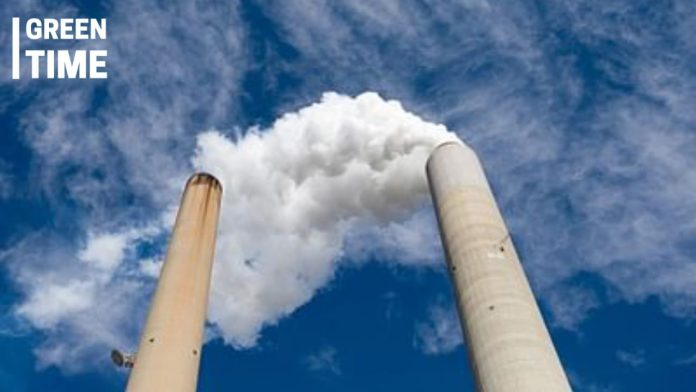While carbon dioxide (CO2) is the best-known greenhouse gas, others like methane and nitrous oxide also drive global warming. Methane, or CH4, ranks as the second most significant greenhouse gas after CO2 and is linked to human activity. Around 40% of methane comes from natural sources like wetlands, while the rest comes from human activities such as agriculture, fossil fuels, and waste management.
Methane has over 80 times more warming power than CO2 over 20 years. However, its shorter lifespan makes it an effective target for reducing warming quickly. Reducing methane emissions could cool the planet in the short term, according to Mathijs Harmsen, a researcher at the Netherlands Environmental Assessment Agency.
Policies should prioritize easy and low-cost solutions, such as fixing natural gas leaks. Despite global commitments, methane levels are still rising faster than any other major greenhouse gas. It is now 2.6 times higher than pre-industrial levels, as noted by the Global Carbon Project.
Nitrous oxide (N2O) is the third major greenhouse gas and is nearly 300 times more potent than CO2. Agriculture primarily releases methane through synthetic nitrogen fertilizers and manure. Human activities, such as the chemical industry and fossil fuel use, also contribute to N2O emissions. Reducing fertilizer use on just 20% of the world’s cropland could significantly lower N2O emissions, especially in humid subtropical regions.
Fluorinated gases, found in refrigeration equipment and electrical networks, have extremely high warming potential. For example, sulfur hexafluoride (SF6), used in electrical transformers, has a warming effect 24,000 times greater than CO2. International agreements like the Montreal Protocol and the Kigali Agreement have successfully phased out many of these harmful gases. The European Union has also committed to phasing out equipment containing fluorinated gases by 2050.
Addressing methane, nitrous oxide, and fluorinated gases plays a crucial role in mitigating climate change. Although these gases are less abundant than CO2, their high warming potential makes them critical targets for reducing global emissions.

